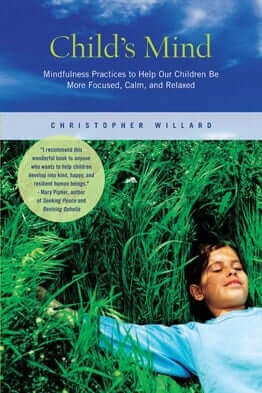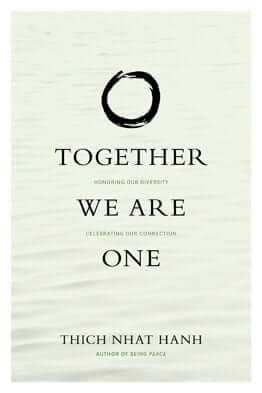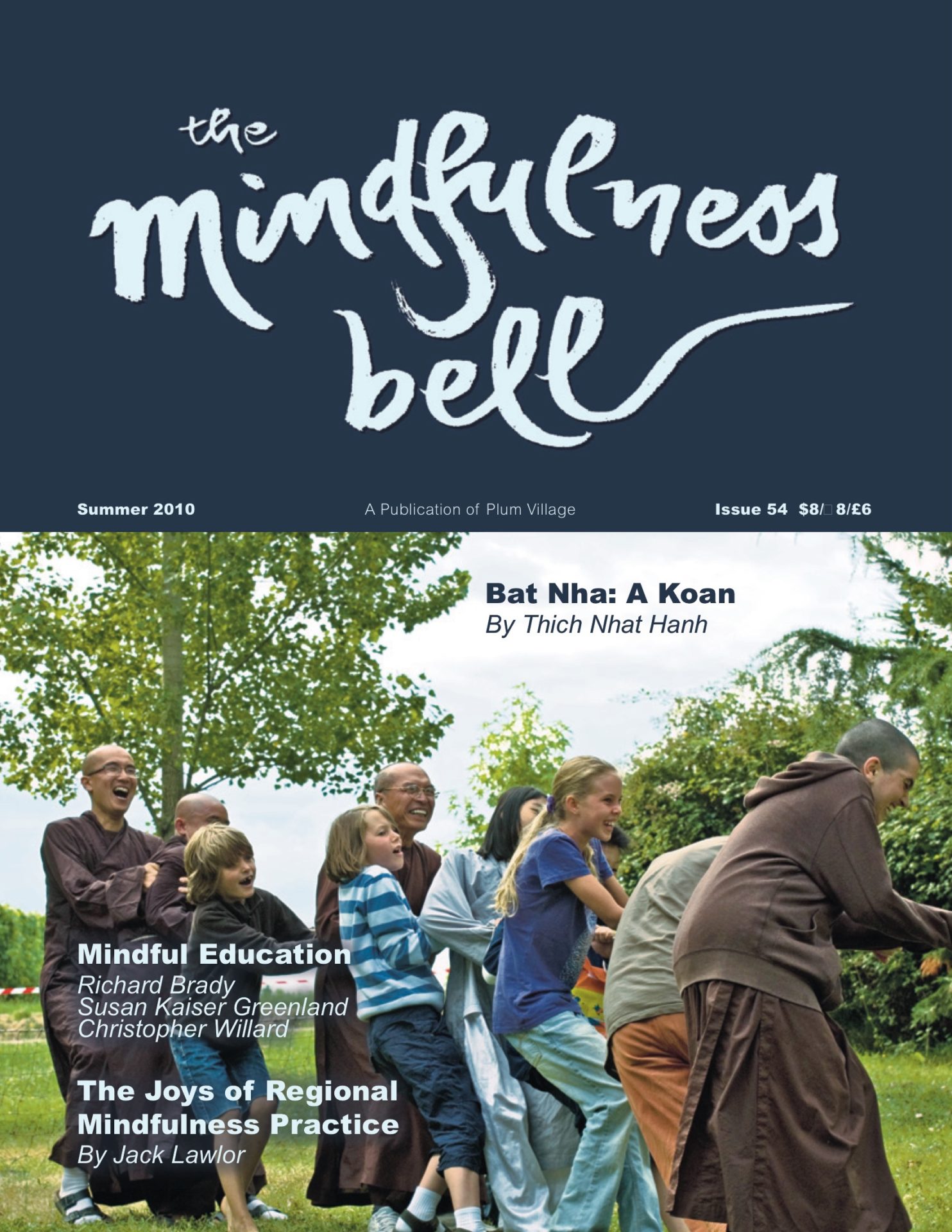
Who Am I in This Picture?
Amherst College Portraits
With Brett Cook and Wendy Ewald
Amherst College Press, 2009
Soft cover, 96 pages
Reviewed by Karen Hilsberg
Who Am I in This Picture? documents a community art project conducted by Sangha member and artist Brett Cook and photographer Wendy Ewald at Amherst College in 2007 and 2008.

Who Am I in This Picture?
Amherst College Portraits
With Brett Cook and Wendy Ewald
Amherst College Press, 2009
Soft cover, 96 pages
Reviewed by Karen Hilsberg
Who Am I in This Picture? documents a community art project conducted by Sangha member and artist Brett Cook and photographer Wendy Ewald at Amherst College in 2007 and 2008. The college was the setting for a massive experiment in cultivating new forms of knowledge and consciousness through portraits and interviews with staff, faculty, and students. The book follows Cook and Ewald’s intimate work with eighteen members of the college community in contemplative, educational, and creative exercises that focused on learning. The project acted as a multicultural process of community building and resulted in six 12-foot by 30-foot portrait triptychs mounted across the Amherst College campus, as well as an exhibition at the Mead Art Museum.
The artworks themselves—each of which portrays a student, staff member, and faculty member—were generated by Ewald and Cook, with participation from students in Ewald’s seminar “The Practice of Collaborative Art,” members of the campus and western Massachusetts communities, and the subjects of the portraits. The six triptychs combine photographs, painting, and words in striking ways. The fact that the artworks were made by thousands of participants endows the pieces with great power. Each portrait is a reflection of the community, not unlike a Sangha. As our teacher Thich Nhat Hanh would say, “The one contains the all, and the all contains the one.”
In a spirit of inquiry, the subjects of the portraits reflected on questions that they themselves generated about being a part of the Amherst College community. The questions are very thought-provoking: What does the term “learning” mean to you? How has your life journey helped you to determine what learning means? Who/what has been your most influential teacher? Is it possible to learn everything about yourself? Does being educated make you happier? Do different cultures learn differently? How should a teacher define success? This is a mere sample of the questions posed by this project. As I reflected on these questions and the stories of the portrait subjects, memories of my own experiences at college arose. I also contemplated some of these questions in relationship to my experience as a member of the Sangha and the Order of Interbeing.
I appreciated the sentences that each subject wrote by hand on his or her own portrait. After reflecting on the questions above and many others, each person came up with a phrase that encapsulated his or her experience or understanding and wrote this on his or her portrait in big letters. Some of the sentences read: “You can’t be invisible or you will miss out.” “I feel the loneliest when I am not learning anything.” “I use people’s names so they know that they matter.” “I feel like I was taught to learn by listening.” “I am so much the people who are around me.” “It’s not just a job, it’s a lifestyle.” “Am I any different from the guy around the corner who knows everything about a ’67 Bonneville?” “When people aren’t educated, they can’t hold their governments accountable.”
The book beautifully documents the project from start to fi with lovely photographs and fascinating interviews with the artists and members of the community. I feel very inspired by the community building that took place at Amherst through this contemplative project.

Child’s Mind
How Mindfulness Can Help Our Children Be More Focused, Calm and Relaxed
By Christopher Willard
Parallax Press, 2010
Softcover 128 pages
Reviewed by Judith Toy
Did you know the words meditation and medicine are derived from the same Sanskrit word for “inner measure”? This is a pivotal gem from Parallax’s new book on mindfulness for kids. Indeed, mindfulness practice is good medicine—for both young and old.
A great resource book for teachers, doctors, mindfulness practitioners, therapists, parents, grandparents, and all who work with the young, Child’s Mind is chock full of ideas and sensory exercises for centering children in the Here and the Now. Beginning with the premise that children are the embodiment of beginner’s mind and therefore a fertile field, Willard lays out exercises for “child-sized attention spans and the diverse sensory learning styles of children.” Backed by solid and extensive research, the author builds a case for the advantages of meditation in general, and then tells how meditation specifically benefits children and other humans. Among other perquisites, Willard notes, mindfulness strengthens one’s ability to adapt, increases concentration, and reduces reactivity.
“Because the purest water flows from closest to the spring, I try to use original meditation techniques that have been well-practiced through the years. These include adaptations of grown-up practices from respected meditation teachers East and West that I have integrated with contemporary research.”
Citing world experts like Jack Kornfield, Sigmund Freud, John Kabat-Zinn, Thich Nhat Hanh, and one of my personal favorites for children, Maureen Murdock (Spinning Inward), the author begins with the premise that an adult who practices mindfulness is capable of passing the skill to children. He offers a definition of and introduction to mindfulness, methods adults can employ to establish their own practice, and methods for teaching meditation and mindfulness to kids.
Part II of the book offers Meditations for Mental and Emotional Well-Being, to transform or calm the effects of depression, anxiety, psychological trauma, impulse control, and the autism spectrum in children. Subsequent chapters deal with specific childhood issues such as sleep deprivation and test anxiety. Part III provides resources and program ideas. The book ends with a comprehensive bibliography.
I am reminded of a tender time a few years after the 1989 revolution in Romania, when my husband Philip and I introduced the mindfulness bell to a group of orphans we were teaching there. One morning, a fifteen-year-old girl came to class with bandaged arms because she had used an open tin can to slit her wrists. The other children, mostly teens, were visibly upset. The room felt chaotic. We called for a translator, and in the ensuing confusion, Olivia, a lame young woman, limped to the front of the room, gingerly picked up the mindfulness bell in her shriveled hand and invited the bell. The sound calmed us all.
Here is the medicine of mindfulness—the rich offerings of Child’s Mind, a handbook that holds no less potential than the children of the world.

Together We Are One
Honoring Our Diversity, Celebrating Our Connection
By Thich Nhat Hanh
Available June 2010
Parallax Press
Together We Are One offers profound and socially relevant teachings from retreats for people of color with Thich Nhat Hanh and the Sangha. This new book is a distillation of Thich Nhat Hanh’s talks, interwoven with personal stories from a diverse group of participants of color. Addressed are such questions as:
- How can we find our true home and feel we belong, whoever and wherever we are?
- What are the different experiences of people of color in our Sanghas?
- How can we and our Sanghas welcome and embrace more diversity?
- How can we apply Buddhist insights to help heal the suffering of separation, discrimination and prejudice?
If you are interested in relating with more wholeness and celebration to all aspects of your identity, and making the treasures of your ancestors more available to you and your descendants, this book is for you. It includes original drawings, poetry, and a new and expanded version of Touching the Earth to our Land Ancestors, created during the people of color retreats.


